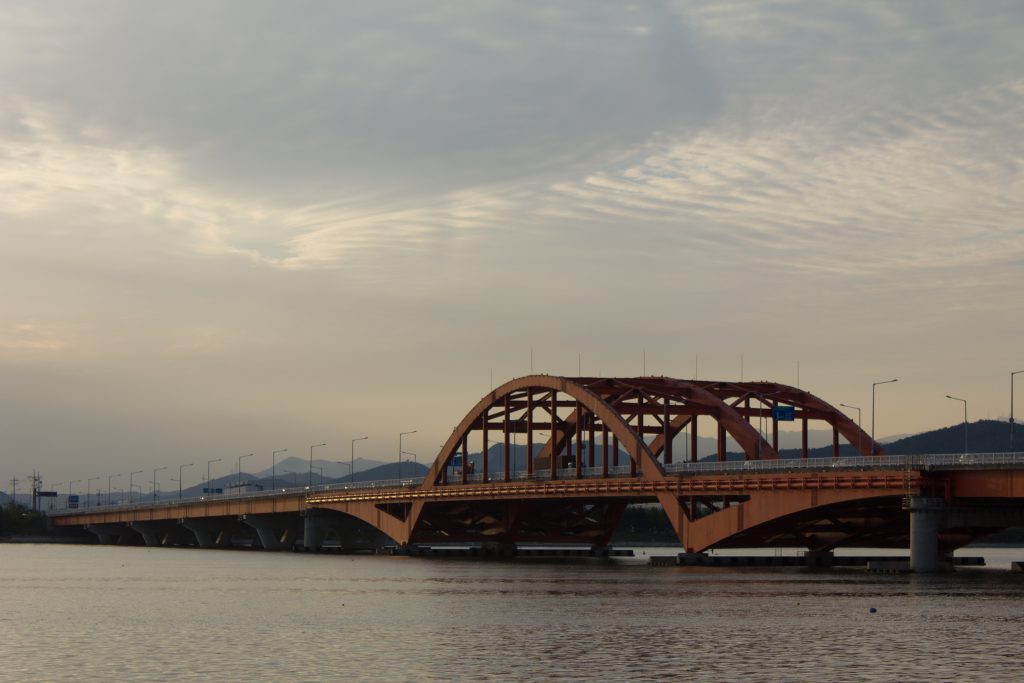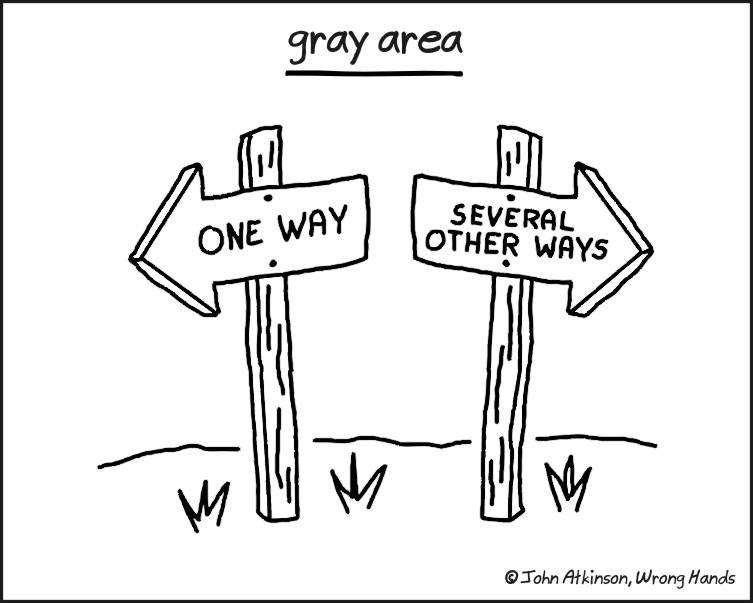We are racing headlong towards Aichi Target 12: to conserve 10% of the world’s oceans by the year 2020. We are racing to understand how to sustainably use ocean ecosystems. As we race to protect this global commons, it pays to stop, and think about the grey areas in our definition of “sustainable use”.
Wise Use of Wetlands
“Wise use” is one of these grey areas. This couplet has guided the direction of wetland conservation and management since the inception of the Ramsar Convention on Wetlands (1971), one of the oldest multilateral environmental agreements. It is defined as:
“the maintenance of their [wetlands] ecological character, achieved through the implementation of ecosystem approaches, within the context of sustainable development”
Policy definitions are boring, full stop. But so too are they important. This definition is the foundational principle in wetland management to the 170 countries signed on to the Ramsar Convention. That is, it is the foundation principle to the wetland policy and management of those countries.
A full interpretation of the meaning of “wise use” is a subject to be covered elsewhere. Instead I want to cover the malleability of its interpretation – indeed it is this that makes it grey.
The Black Side
Wise use can be black. It can be black because it inevitably allows, or evens encourages, a higher level of human use in wetlands than traditional conservation. Allowing for human use is necessary. If we are to maintain the ecological character of the worlds wetlands (which we have not done historically) we must find a way to do so within a broader landscape of human use. But allowing for human use opens a loophole that can be abused in policy and management to facilitate the degradation and loss of wetlands. In Korea, the wise use concept has been misinterpreted into law that facilitates development projects in wetland protected areas (Kim, 2010). And in Vietnam the definition of wetland has been reduced to those waterbodies capable of supporting aquaculture (Seto, 2007) – distilling the wise use concept to the single component of human use.

Myeongji Bridge in Busan South Korea. A development project built through the Nakdong Estuary, a Ramsar Site and Wetland Protected Zone (WPZ). Photo: Damien Gabrielson, flickr.
The Brighter Side
Yet simultaneously, wise use is a bright shining light. It includes and encompasses the essential principles for contemporary wetlands management: ecological integrity, ecosystem-based management, the precautionary approach, watershed or basin management, sustainable development, ecosystem services, and yes, human use. The misinterpretations of wise use are anomalies. The great majority of parties to the Ramsar Convention, have wetlands policies that, at least in writing, align with the Conventions interpretation of the concept (Peimer et al., 2017).
And so, the wise use concept is grey because in practice it is not a single definition or theory, but the combination of the different manifestations (good and bad) of the concept in the 170 countries that have committed to its use. As we work to conserve what remains of the world’s wetlands, we must equip ourselves with this basic understanding: the wise use of wetland ecosystems, even in law, is malleable to interpretation.
With that in mind, we can get back to racing.
References
Kim, R. E. (2010). Is Ramsar Home Yet-A Critique of South Korean Laws in Light of the Continuing Coastal Wetlands Reclamation. Colum. J. Asian L., 24, 437.
Peimer, A. W., Krzywicka, A. E., Cohen, D. B., Van den Bosch, K., Buxton, V. L., Stevenson, N. A., & Matthews, J. W. (2017). National-Level Wetland Policy Specificity and Goals Vary According to Political and Economic Indicators. Environmental management, 59(1), 141 153.
Seto, K. C., & Fragkias, M. (2007). Mangrove conversion and aquaculture development in Vietnam: A remote sensing-based approach for evaluating the Ramsar Convention on Wetlands. Global Environmental Change, 17(3-4), 486-500.

Very informative post, thanks for sharing.